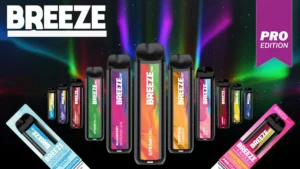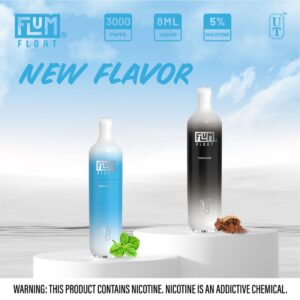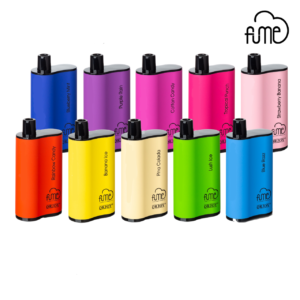Introduction: Nicotine strength plays a crucial role in vaping, and selecting the right level is essential for a satisfying experience. This article explores the various aspects of nicotine strengths, including the difference between regular nicotine and nic salts, recommendations based on vapor production, and a straightforward method for converting percentages to mg/mL. By understanding these factors, you can confidently choose the ideal nicotine strength that aligns with your smoking habits and vaping preferences.
Regular Nicotine and Nic Salts: Nicotine, an alkaloid found in tobacco plants, acts as both a stimulant and a relaxant. Vapers often opt for e-juice containing nicotine due to its addictive nature. In recent years, the popularity of nic salts, or protonated nicotine, has grown significantly. Nicotine salts use an acid, typically benzoic acid, to deliver a smoother throat hit, making higher nicotine concentrations more tolerable. Regular nicotine, on the other hand, can be harsh at very high levels. Understanding the distinction between these two options is crucial when selecting your desired nicotine strength.
Choosing the Right Nicotine Strength: When determining the ideal nicotine strength for your vaping experience, two primary factors should be considered: your smoking habits and the type of device you plan to use. This guide provides categorized suggestions based on vapor output, which directly influences the amount of nicotine consumed per puff. By understanding your smoking habits and the corresponding vapor production, you can make an informed decision regarding the nicotine strength that best suits your needs.
Converting Percentages to mg/mL: E-liquid manufacturers often express nicotine strengths in percentages, such as 0.3% or 1.8%. Understanding the conversion between percentages and mg/mL can help clarify the nicotine content of e-liquids. Converting from mg/mL to percentage is as simple as dividing the nicotine amount by 10, while converting back to mg/mL involves multiplying the percentage by 10. This straightforward method enables you to easily interpret and compare nicotine strengths across different products.
Conclusion: With the knowledge gained from this comprehensive guide, you can confidently navigate the e-liquid market and select the perfect nicotine strength for your vaping journey. Whether you prefer a low vapor device or a more powerful setup, understanding the distinctions between regular nicotine and nic salts, considering your smoking habits and vapor production, and mastering the conversion between percentages and mg/mL will empower you to make informed decisions. Say goodbye to trial and error and discover the nicotine strength that works best for you, helping you effectively manage cravings and enjoy a satisfying vaping experience.



